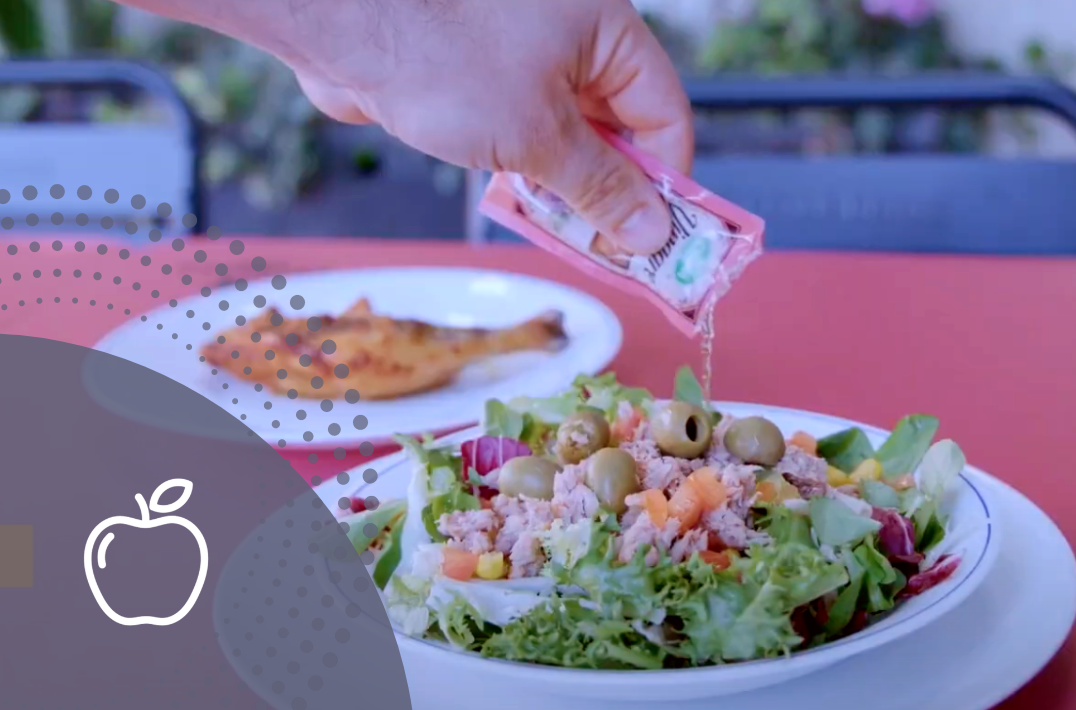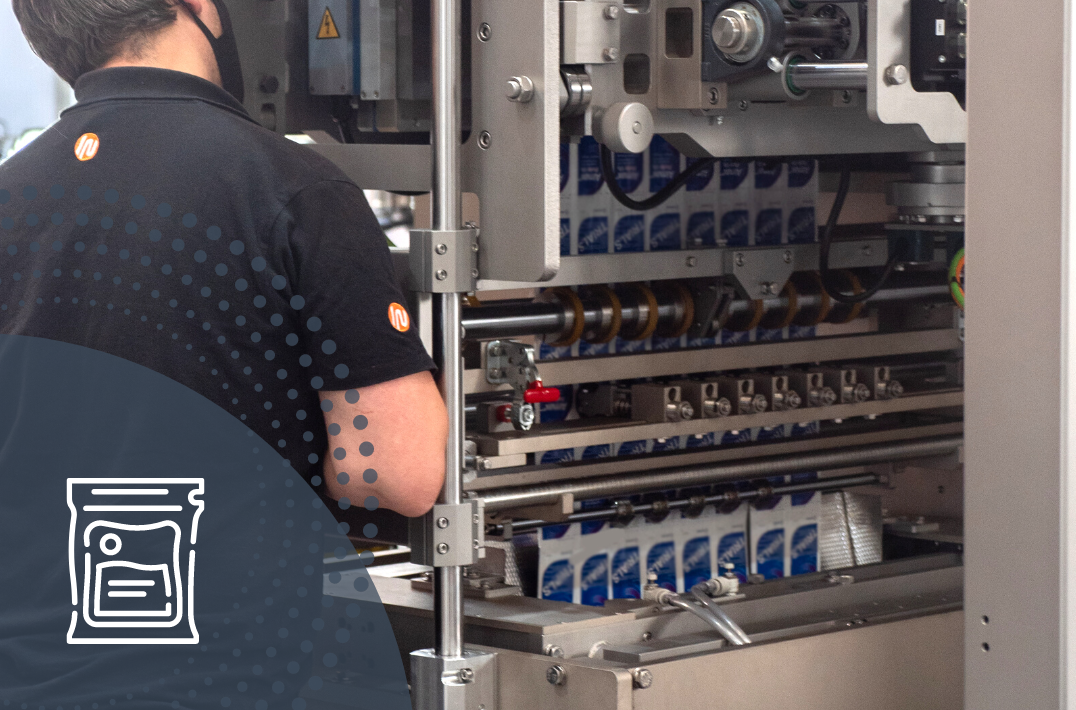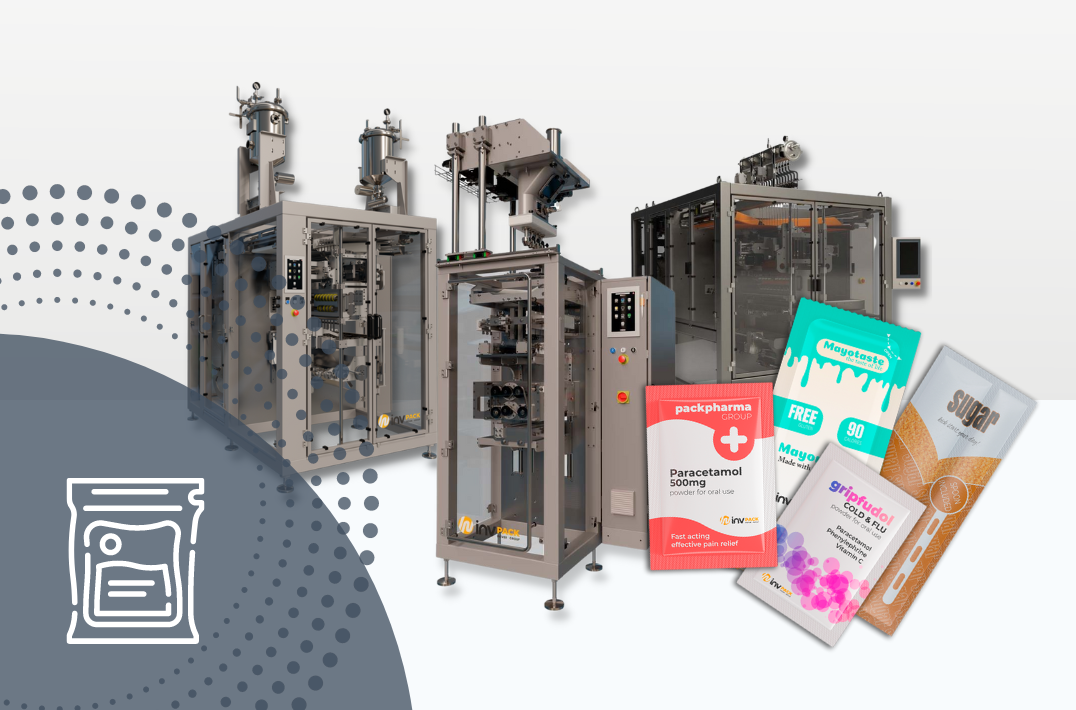

- INVpack
- 09/16/2022
- 11:39
Single-dose packaging for sauces, the ideal solution for take away
In recent years, the food industry has advanced very rapidly and with it, the consumption of food itself.
These factors have led to an increasing need for single-dose packaging.
One of the great examples is the world of sauces. Our society is increasingly moving towards a take-away culture. The pace of life of contemporary society and the socio-health situation, leads us to look for a single-use and individual packaging.
The single-dose format is becoming more and more common in bars and restaurants, and large formats are no longer being used, such as jars of sauces like ketchup, soy, mustard... The trend is to provide the customer with the amount of sauce needed, distributed in one or several individual sachets.
In addition, the take away phenomenon makes it essential to use this type of packaging. Since, it helps to have the ideal dose individually, and thus, to be able to take away and complement the meal, whether at home, at work or outdoors.
Aspects to take into account for single-dose packaging
For a single-dose packaging it is necessary to be clear about several factors about the product to be packaged, such as:
- Viscosity (in liquid and pasty products).
- Density (in liquid and pasty products).
- Granulometry (in powder and granulated products).
- Necessary dosage to be packaged (amount of g or ml).
The most common products in the food sector to be packaged in single doses.
The most common food products packaged in single-dose format in flexible packaging are:
- ketchup
- mustard
- mayonnaise
- soy
- barbecue sauce
- oil
- vinegar
- vinaigrette
- tomato sauce
- pesto sauce
- ...
Most common single-dose packaging types for sauces packaging
Sachet and stick pack packaging are a good option when it comes to packaging these products. Both are a flexible type of packaging that offers great reliability.
Both containers are light and resistant. The choice between one or the other will depend on the customer's preferences, based on aspects such as the type of product, the desired size of the package and its opening system.
The following is a brief summary of the most important characteristics of both packages:
- Sachet: 4-seal sachet. It is usually rectangular in shape. In most food products it is the most common shape, since it has more surface area for image, advertising and marketing campaigns.
- Stick pack: About 3 welds. Its shape is usually elongated and narrow, although there are also rectangular ones. Compared to the sachet, 33% less film is needed to manufacture it.
Related posts:

INVpack will be an exhibitor at INTERPACK next May
Next May INVpack will be an exhibitor, one more edition, at the INTERPACK fair.It will attend at...

How to increase the performance in sachet packaging?
In the packaging sector there are many types of machinery for each format type. In the case of...

Vertical machinery for packaging sachets
In the packaging industry there is a wide variety of formats for single-dose packaging.One of the...
